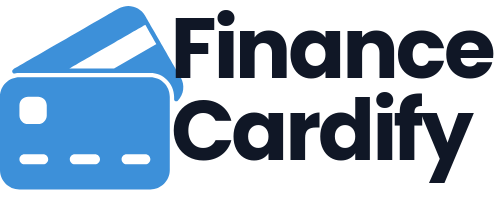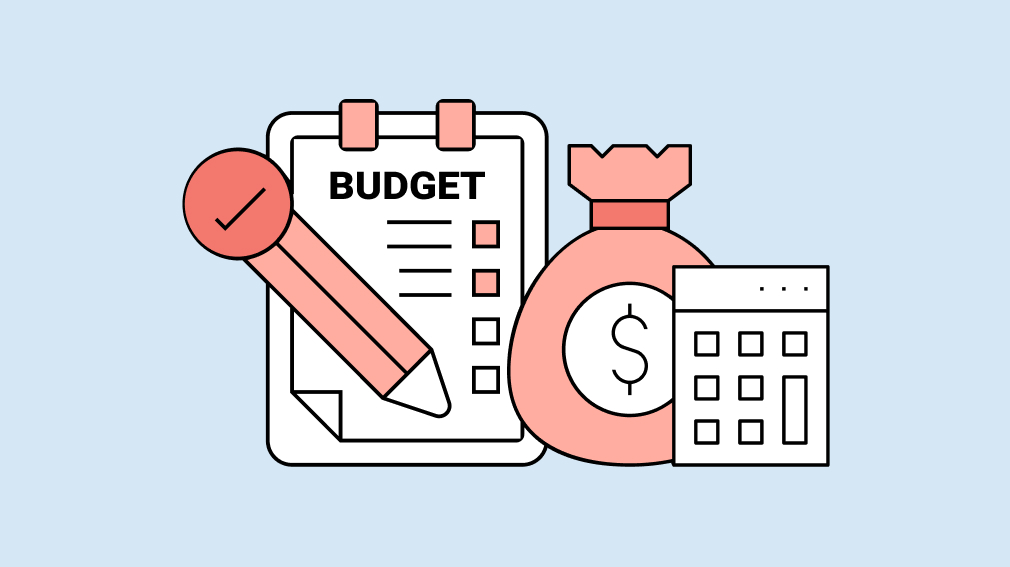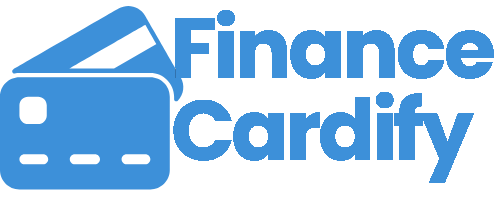Managing your finances doesn’t have to be overwhelming or complicated. In fact, one of the most empowering steps you can take for your financial health is learning how to create an efficient personal budget and consistently control your expenses. Whether you’re trying to pay off debt, save for a big purchase, or simply gain more peace of mind, this guide will walk you through the steps to build a budget that actually works for you.
Let’s break it down into practical, human-first advice—with some smart financial keywords along the way to help this message reach those who need it most.
Why Budgeting Matters More Than Ever
In a world where inflation affects daily expenses and digital subscriptions pile up unnoticed, having a clear view of where your money goes is essential. Budgeting is not just about cutting costs—it’s about gaining financial clarity, making intentional decisions, and achieving your life goals.
Benefits of Efficient Budgeting:
- Reduces financial stress
- Helps you avoid unnecessary debt
- Builds savings over time
- Supports long-term goals like buying a home, retiring, or traveling
Step 1: Understand Your Income
Your budget starts with knowing exactly how much money you have to work with. This means calculating your total monthly income after taxes, including:
- Salary or wages
- Freelance or side hustle earnings
- Passive income (e.g., rental income, dividends)
- Government benefits or child support
Having an accurate view of your net income ensures your budget is based in reality—not assumptions.
Keywords: monthly income calculation, net vs gross income, income tracking
Step 2: Track Your Expenses (Yes, All of Them)
You can’t manage what you don’t measure. Before you can cut back or reallocate spending, you need to know where your money is actually going.
How to Track:
- Use a budgeting app (like Mint, YNAB, or PocketGuard)
- Create a spreadsheet
- Use a journal or notebook if you prefer analog
Track every expense for 30 days—coffee runs, subscriptions, dining out, online shopping, everything.
Keywords: track daily expenses, expense tracking app, personal finance habits
Step 3: Categorize Spending into Needs, Wants, and Savings
Once you’ve tracked your expenses, organize them into three main categories:
- Needs: Rent/mortgage, utilities, groceries, transportation
- Wants: Restaurants, entertainment, shopping
- Savings/Debt Repayment: Emergency fund, investments, extra loan payments
This structure helps you prioritize essentials and identify where cuts can be made if necessary.
Keywords: budgeting categories, needs vs wants, financial priorities
Step 4: Choose a Budgeting Method That Fits Your Lifestyle
There are many different budgeting methods—and the best one is the one you’ll actually stick to. Here are a few popular approaches:
1. 50/30/20 Rule
- 50% for needs
- 30% for wants
- 20% for savings/debt
2. Zero-Based Budgeting
- Every dollar is assigned a job (income minus expenses = zero)
3. Envelope System (Cash-Based)
- Allocate cash into envelopes for each category to prevent overspending
Choose the system that feels intuitive and manageable for you.
Keywords: budgeting methods 2025, zero-based budgeting, 50/30/20 rule
Step 5: Cut Unnecessary Expenses
Now that you’ve categorized your spending, it’s time to trim the fat. Ask yourself:
- Am I using all my subscriptions?
- Can I cook more instead of dining out?
- Are there cheaper alternatives for some of my bills?
Even cutting back $50 to $100 per month can free up money for savings or debt.
Keywords: reduce expenses, cut monthly costs, save money tips
Step 6: Set Realistic Financial Goals
Budgeting without a goal is like driving without a destination. Set short-term, mid-term, and long-term goals to keep yourself motivated:
- Short-term: Save $500 for an emergency fund
- Mid-term: Pay off credit card debt
- Long-term: Save for a house or retirement
Make your goals specific, measurable, and time-bound.
Keywords: setting financial goals, smart money planning, personal finance strategy
Step 7: Review and Adjust Monthly
A budget is a living document. As your income, expenses, and priorities change, so should your budget. Set a monthly “money date” with yourself to:
- Review your spending
- Adjust budget categories
- Track progress toward goals
Consistency is key, but flexibility is crucial.
Keywords: monthly budget review, personal finance check-in, how to update your budget
Best Practices for Smart Financial Planning
- Be honest with yourself about spending habits
- Use tools that simplify tracking and planning
- Automate savings and bill payments to avoid forgetting
- Avoid lifestyle inflation as your income grows
- Celebrate wins, even small ones—they keep you motivated
Frequently Asked Questions (FAQ)
1. What’s the best budgeting method for beginners?
The 50/30/20 rule is a great place to start because it’s simple and easy to follow. It helps you balance needs, wants, and savings without tracking every penny. Once you’re more comfortable, you can switch to a more detailed system like zero-based budgeting.
2. How do I stick to a budget without feeling restricted?
Focus on realistic goals and spending consciously, not depriving yourself. Leave room for things you enjoy, and use a system that reflects your lifestyle. Budgeting should empower you, not punish you.
3. How can I control impulse spending?
- Create a 24-hour rule for non-essential purchases
- Use cash or prepaid cards for discretionary spending
- Unsubscribe from marketing emails and remove saved cards from shopping apps
Over time, practicing mindful spending will become second nature.
By learning how to create a personal budget and consistently control your expenses, you’ll be taking control of your future. Whether you’re just starting or trying to refine your current system, the key is to stay consistent, be kind to yourself, and make progress one step at a time.





